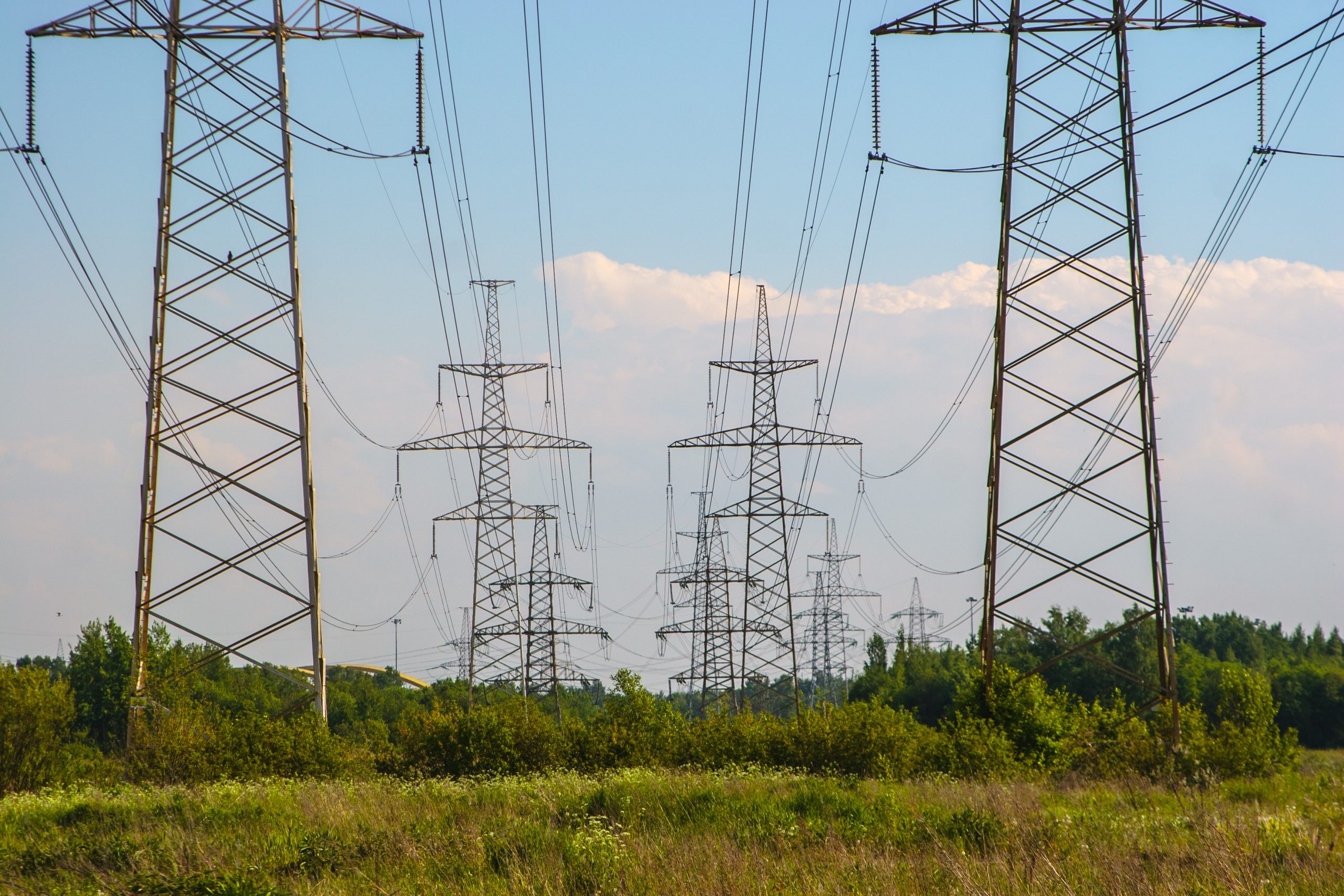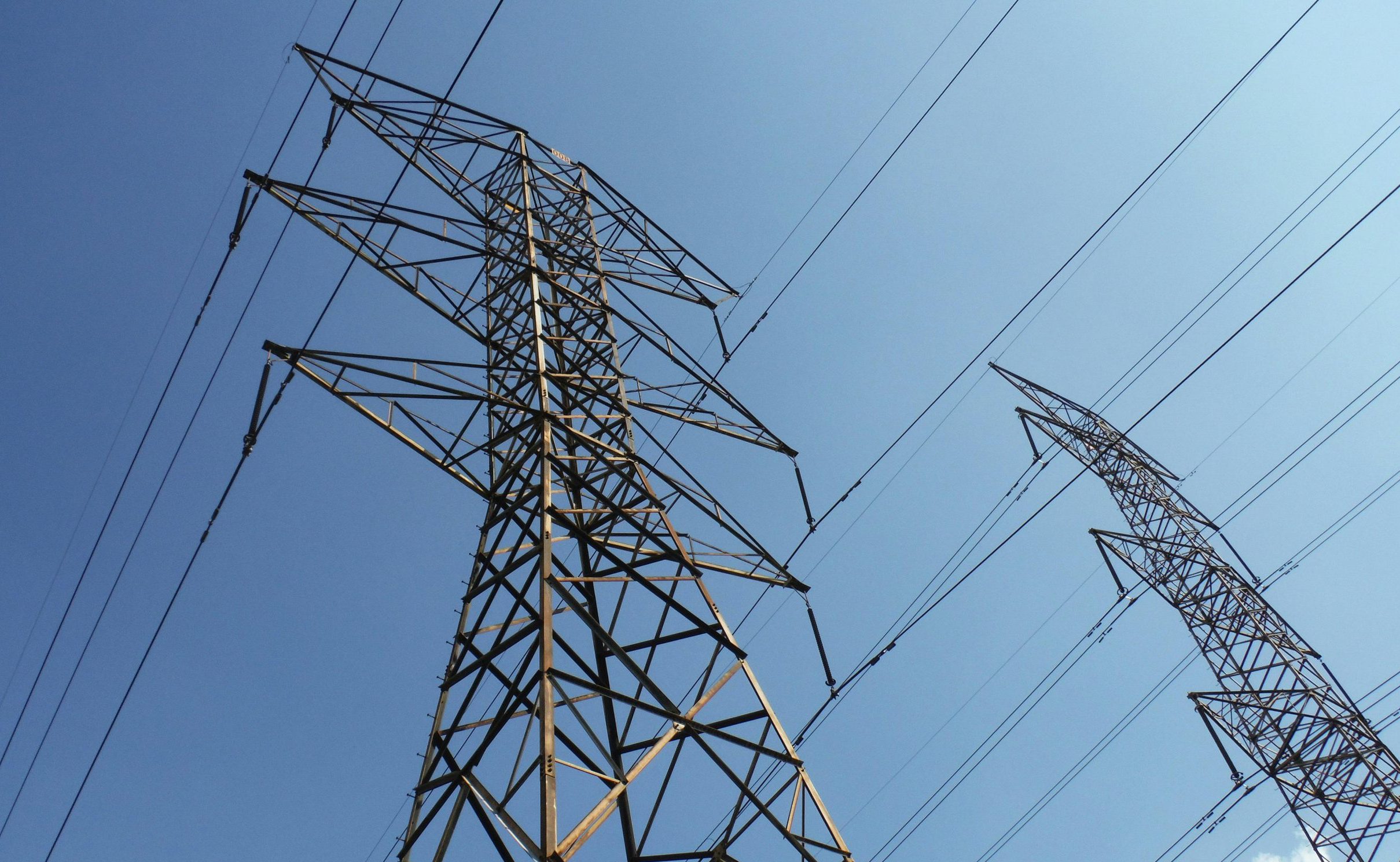
The new facility will increase the total capacity of energy storage facilities currently operating in Hungary by 20 percent.Continue reading

The construction of modern electricity grids is the basis for the energy transition of the entire European Union, Attila Steiner, Secretary of State for Energy and Climate Policy of the Ministry of Energy, said at a conference organized in the framework of the Hungarian EU Presidency in Budapest.
Speaking at the Conference on Electricity Grid Development, the State Secretary stressed that the future of electricity grids is an important issue for ensuring energy security and achieving the energy transition.
The Hungarian Presidency puts emphasis on strengthening energy sovereignty and security, ensuring affordable energy prices for consumers and competitive energy prices for European businesses, and strengthening the resilience and flexibility of energy markets.
The need for decarbonization (a method of climate change mitigation and the process of significantly reducing or eliminating carbon dioxide) and electrification (a method of converting an energy-consuming device, system, or sector from non-electrical energy sources into electricity) is clear if we are to achieve carbon neutrality by 2050, and reduce emissions by 55% by 2030, the politician pointed out. He added that the EU’s electricity consumption is expected to increase by around 60% between 2023 and 2030.
Attila Steiner said it was a significant step forward that in 2023, nearly two thirds of the EU’s electricity production came from clean and renewable energy sources, and this share has increased further this year to nearly three quarters.
He highlighted: “As electrification accelerates at an unprecedented rate, it is vital that infrastructure develops in parallel and maintains the momentum of the transition.
The transformation of the EU’s energy grid and the associated regulatory framework is vital to achieving a sustainable, secure, and resilient energy system,”
he emphasized. The politician noted that one of the biggest common achievements is that the EU has one of the most interconnected and integrated electricity grids in the world.
At the same time, the State Secretary pointed to some significant challenges, such as the scheduling and forecasting challenge of weather-dependent power generation to facilitate the green transition. “Bringing this capacity into the system will also require significant upgrades to the electricity grid and an increase in the availability of balancing capacity, given the difference in the consumption and generation curve,” he listed. Mr. Steiner also added that insufficient grid development poses a risk to security of electricity supply, limits the pace of clean transition, and increases costs. He said the long lead times of grid projects could delay necessary upgrades and grid connection could create bottlenecks in the deployment of renewables in many places. Secure supply chains and a skilled workforce are also needed to build electricity grids, he noted.
According to industry estimates,
investment needs to double, including in smart meters and digitalization, to keep pace with the doubling of electricity consumption, which will require EUR 67 billion of investment per year between now and 2050,
stressed Steiner, adding that cross-border infrastructure needs to be developed and invested in, both at the transmission and distribution levels.
In her online speech, Mechthild Wörsdörfer, Deputy Director General for the Coordination of the Just and Green Energy Transition at the European Commission, welcomed the Hungarian Presidency’s emphasis on the development of modern electricity networks. She underlined that without grid development, carbon neutrality cannot be achieved by 2050. She also pointed out that a number of European documents, including the Draghi report, discussing the future of European competitiveness in depth, show that without cheap, reliable, locally produced and green energy, European competitiveness cannot remain dynamic.
Via MTI; Featured image via Pexels